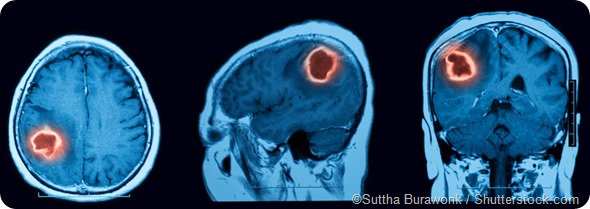For The Latest Medical News, Health News, Research News, COVID-19 News, Pharma News, Glaucoma News, Diabetes News, Herb News, Phytochemical News, Thailand Cannabis News, Cancer News, Doctor News, Thailand Hospital News, Oral Cancer News, Thailand Doctors
Intracerebral hemorrhage (ICH) is a type of stroke caused by sudden bleeding in the brain. Only approximately 15% of strokes are due to ICH, but it is one of the most disabling types of strokes to suffer from, with a high rate of morbidity and mortality. Roughly one third of patients experiencing ICH will not survive, and only 20% regain their independence and function.

Initial management of ICH involves securing the patient’s airway to restore their ability to breathe and assessing blood pressure and intracranial pressure. Patients may be intubated, particularly if they have lost consciousness or have signs of brainstem herniation. Therapy to lower intracranial pressure is given.
If patients have been treated with thrombolytic, antiplatelet, or anticoagulant medications, those should be reversed. If intracranial pressure is elevated, sedatives, vasopressors such as dopamine and phenylephrine, or antihypertensive drugs can be used to lower it. If those fail, osmotic agents and hyperventilation are the next options. A barbiturate coma is a last resort for patients who don’t respond to ordinary measures.
There is a high risk of seizures following ICH. A seizure may even be the first symptom of ICH. The Stroke Council of the American Heart Association recommends prophylactic treatment with antiepileptic drugs for one month in patients with ICH. Seizures can be managed on an acute basis with intravenous anticonvulsant drugs.
If a fever occurs after ICH, it should be treated with medication and cooling blankets. Fever is associated with a poor outcome in ICH. Laboratory tests, physical exam, and imaging should be used to find the source of infection.
Patients with ICH are at risk of deep vein thrombosis (DVT) due to an immobilized state. They should be treated with pneumatic compression devices and elastic stockings to prevent a DVT.
Surgical evacuation of the hematoma is an option for some patients. The procedure can be carried out by craniotomy, burr hole, endoscopy, or stereotaxy. However, studies have not revealed a benefit compared to conservative management.
While no specific management guidelines are available for children, adult guidelines are applicable to children, including fluid management and reduction of fevers.
There are also no guidelines for management of ICH during pregnancy. Diagnosis can be difficult, as MRI is usually not recommended during pregnancy. However, a complete workup, including brain CT, MRI, transthoracic ultrasound, and vascular ultrasound is recommended if warranted by the risk-benefit ratio.
Many of the drugs commonly used to reduce elevated intracranial pressure have risks for the fetus, but the survival benefit may ultimately outweigh the risks in some cases. Hemodynamic parameters must be monitored carefully in both the mother and fetus. If near term, caesarean delivery is recommended prior to attempted surgical management of vascular malformation.